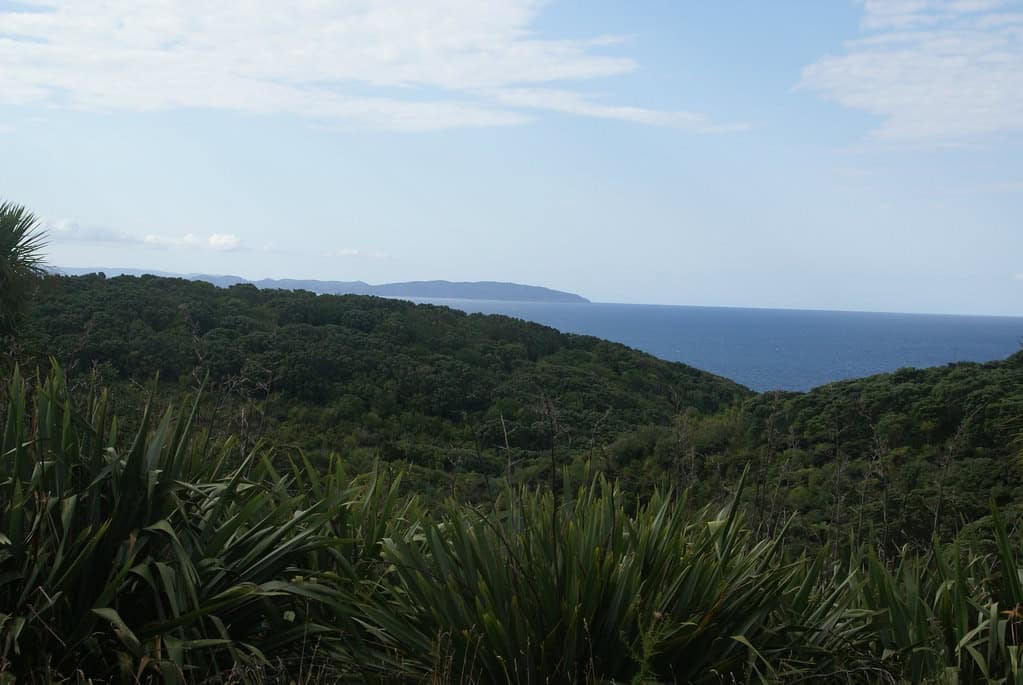Off the coast of New Zealand lies a conservation miracle that few people know about. Tiritiri Matangi Island, once stripped of 94% of its native forest for farming, has transformed into one of the world’s most successful ecological restoration projects. This 220-hectare island sanctuary has become a beacon of hope for New Zealand’s endangered bird species, many of which were teetering on the brink of extinction.
Through dedicated conservation efforts, community involvement, and scientific innovation, Tiritiri Matangi demonstrates how humans can reverse ecological damage and create thriving habitats where endangered birds can make remarkable comebacks. The island’s story serves as an inspiring blueprint for conservation projects worldwide and offers valuable insights into the resilience of nature when given the right support.
The Historical Decline of Tiritiri Matangi

Tiritiri Matangi’s history mirrors the environmental challenges faced throughout New Zealand. When European settlers arrived in the 19th century, they cleared the island’s lush forests for agricultural purposes, leaving only 6% of the original native vegetation. This dramatic habitat loss devastated the island’s ecosystem and drove many native bird species to local extinction. For over a century, the island functioned primarily as a farm and later housed a lighthouse station.
The absence of native forest meant that the rich biodiversity that once characterized the island had all but disappeared. By the 1970s, Tiritiri Matangi was a shadow of its former ecological self, with introduced mammalian predators and a severely depleted native plant community making it inhospitable to many of New Zealand’s unique bird species. The destruction of this island ecosystem represented in microcosm the wider ecological degradation occurring across New Zealand’s main islands.
The Vision of Restoration

In 1984, a bold vision emerged for Tiritiri Matangi Island when New Zealand’s Department of Conservation (DOC) proposed transforming it into an open sanctuary and wildlife refuge. This innovative concept would not only restore the island’s native habitat but also make it accessible to the public as an educational resource. The project represented a radical departure from traditional conservation approaches, which typically restricted human access to protected areas.
Instead, Tiritiri Matangi would invite visitors to witness conservation in action, fostering public engagement with and support for environmental restoration. The ambitious plan called for extensive replanting of native vegetation, elimination of introduced predators, and reintroduction of native bird species that had disappeared from the island. This vision required collaboration between government agencies, scientists, volunteers, and community groups—a partnership model that would later be recognized as a crucial component of the project’s success.
The Massive Replanting Effort
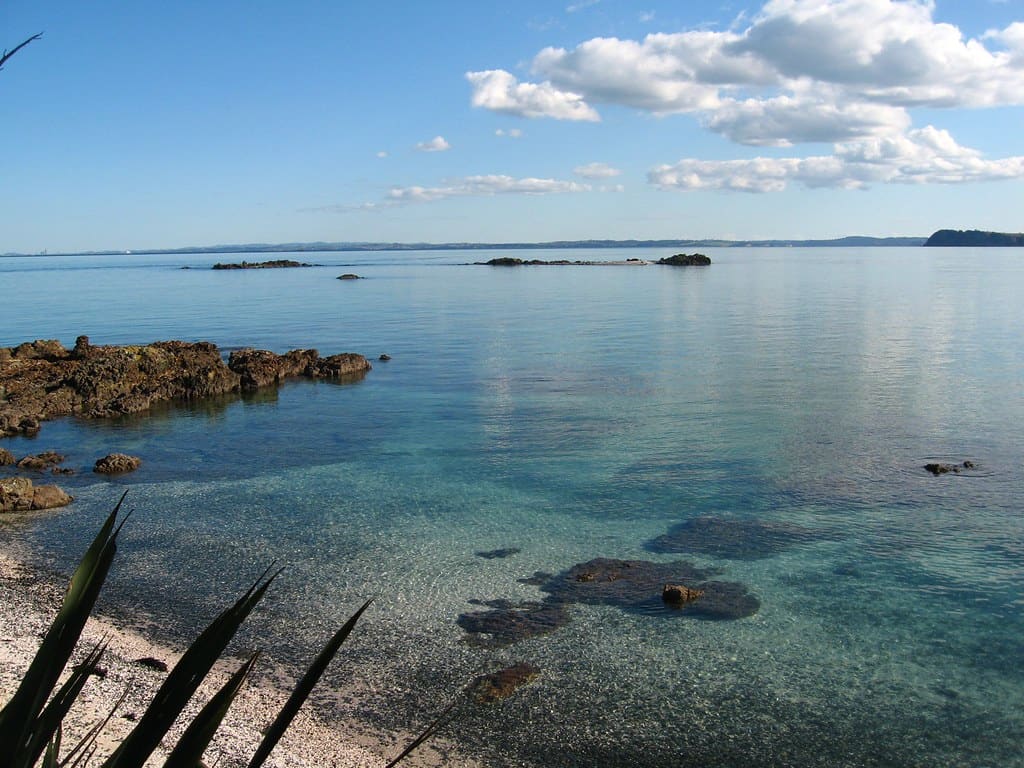
Between 1984 and 1994, an extraordinary revegetation project transformed Tiritiri Matangi’s landscape. More than 280,000 native trees were planted by some 10,000 volunteers in what became one of New Zealand’s largest community-led conservation initiatives. This massive undertaking required careful planning, with botanists selecting appropriate plant species that would support the island’s future bird populations. Volunteers from schools, community groups, and conservation organizations made regular trips to the island to plant seedlings grown in mainland nurseries.
The planting strategy focused on creating diverse habitats with food sources for different bird species, including fruiting trees like puriri, kohekohe, and taraire. The volunteers planted dense understory vegetation that would provide nesting sites and protection from predators and weather. Today, approximately 60% of the island is covered in regenerating forest, a remarkable achievement that has created the foundation for the return of native birds. The remaining 40% has been left as open grassland to maintain habitat diversity, supporting species that prefer open environments.
Eradicating Predators for a Safe Haven
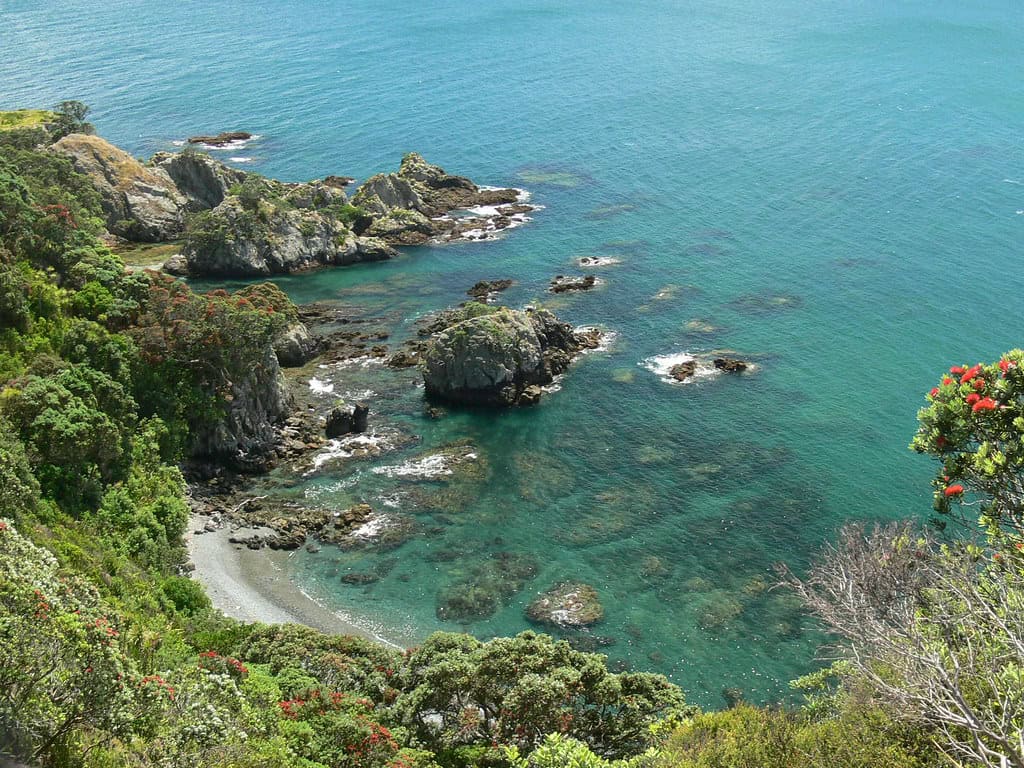
A critical step in Tiritiri Matangi’s restoration was the eradication of introduced mammalian predators. New Zealand’s native birds evolved without mammalian predators, making them particularly vulnerable to introduced species like rats, mice, cats, and stoats. In 1993, a comprehensive operation successfully eliminated Pacific rats (kiore) from the island—the only remaining mammalian predator. This operation used carefully planned poison bait stations and trapping methods, followed by vigilant monitoring to ensure complete eradication. The island’s isolation provided a natural barrier against reinvasion, though strict biosecurity protocols were established for all visitors and supplies coming to the island.
Boats must carry rodent-proof containers for food and equipment, and visitors undergo thorough bag checks before landing. The Department of Conservation maintains permanent bait stations around the island’s perimeter as an early warning system for any incursions. This predator-free status has been crucial to the successful reintroduction of vulnerable bird species, many of which cannot survive in the presence of mammalian predators. Tiritiri Matangi’s achievement demonstrated that complete predator eradication on islands was possible, influencing similar projects across New Zealand and globally.
The Little Spotted Kiwi’s Remarkable Return
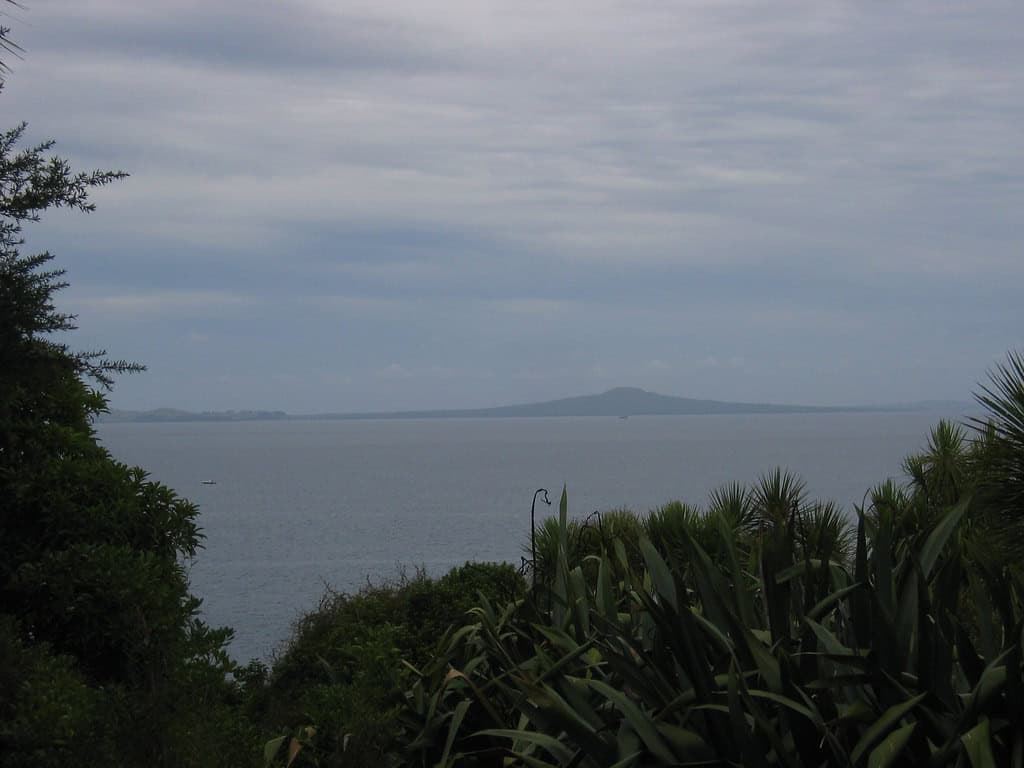
Among the most significant conservation successes on Tiritiri Matangi has been the reintroduction of the little spotted kiwi (Apteryx owenii). This smallest kiwi species was once widespread across New Zealand but had disappeared entirely from the mainland by the early 20th century due to predation and habitat loss. In 1993, conservation authorities transferred 16 little spotted kiwis from Kapiti Island to Tiritiri Matangi, establishing a new insurance population. The birds adapted remarkably well to their new predator-free home, with monitoring showing successful breeding and population growth.
By 2008, the population had doubled, and recent estimates suggest more than 100 little spotted kiwis now inhabit the island—approximately 20% of the global population of this endangered species. The birds have established territories throughout the regenerating forest, where they forage in the leaf litter for invertebrates during the night. Visitors can occasionally spot these nocturnal birds during guided evening walks, though their cryptic nature makes sightings rare. Genetic studies of the Tiritiri Matangi kiwi population have provided valuable information for managing this species, highlighting the importance of maintaining genetic diversity in small, isolated populations of endangered birds.
The Takahē: Back from the Brink

Perhaps the most iconic conservation success story on Tiritiri Matangi involves the takahē (Porphyrio hochstetteri), a flightless rail once thought extinct. This striking blue-purple bird with a massive red bill was rediscovered in 1948 in an isolated valley in New Zealand’s Fiordland, after being presumed extinct for nearly 50 years. In 1991, two takahē were introduced to Tiritiri Matangi as part of the national Takahē Recovery Programme. Today, the island maintains a small but stable population of these critically endangered birds. Unlike many of the island’s bird species, takahē thrive in open grassland areas, where they feed primarily on the bases of grass shoots.
Visitors to Tiritiri Matangi have a high chance of seeing these remarkable birds, which have become relatively accustomed to human presence. The island’s takahē pairs have successfully raised numerous chicks, contributing vital individuals to the species’ recovery. With fewer than 500 takahē remaining in the world, Tiritiri Matangi’s population represents an important genetic reservoir for this species. The island also serves as a training ground for conservation staff working with takahē, providing experience in monitoring, health assessment, and management techniques that benefit the wider recovery program.
The Hihi: A Conservation Challenge Overcome

The hihi or stitchbird (Notiomystis cincta) represents one of the most challenging yet successful bird reintroductions on Tiritiri Matangi. This colorful honeyeater was once common throughout North Island forests but by the 1980s survived only on Little Barrier Island. Initial attempts to establish hihi populations on other islands failed, making their successful reintroduction to Tiritiri Matangi particularly significant. The first hihi were transferred to Tiritiri Matangi in 1995, and unlike previous attempts elsewhere, this population thrived. Conservation managers discovered that providing supplementary food and custom-designed nesting boxes were crucial interventions for hihi success.
The birds now maintain a stable population of approximately 100-150 individuals on the island. Researchers have used the Tiritiri Matangi hihi population to study disease dynamics, breeding behavior, and genetic management of small populations. This research has revealed that hihi are particularly susceptible to aspergillosis, a fungal respiratory disease, which has informed management practices. The supplementary feeding stations where hihi consume sugar water have become popular spots for visitors to observe these energetic, inquisitive birds. The knowledge gained from managing hihi on Tiritiri Matangi has contributed significantly to the establishment of additional populations on other predator-free islands and mainland sanctuaries, expanding the species’ chances for long-term survival.
Saddlebacks: From Near Extinction to Island Success

The North Island saddleback or tīeke (Philesturnus rufusater) has made a remarkable recovery on Tiritiri Matangi after nearly disappearing from New Zealand entirely. By 1964, these distinctive black birds with chestnut “saddles” on their backs survived only on Hen Island after predators eliminated them from the mainland and other islands. In 1984, 24 saddlebacks were released on Tiritiri Matangi as one of the first bird reintroductions to the island. The population established quickly and now numbers more than 150 birds. Saddlebacks spend much of their time foraging on or near the ground, turning over leaf litter with their strong bills to find invertebrates.
Their distinctive loud calls and bold behavior make them one of the most visible and charismatic birds on the island. Researchers have documented how the saddleback population expanded from the initial release site, gradually occupying territories throughout the island as forest regeneration created suitable habitat. The species’ success on Tiritiri Matangi has provided surplus birds for translocation to other restoration sites, contributing to the broader recovery of this once critically endangered species. Genetic monitoring of the saddleback population has helped conservation managers understand how diversity can be maintained in small island populations, providing valuable lessons for managing other endangered species.
Seabirds Returning to Their Ancient Nesting Grounds
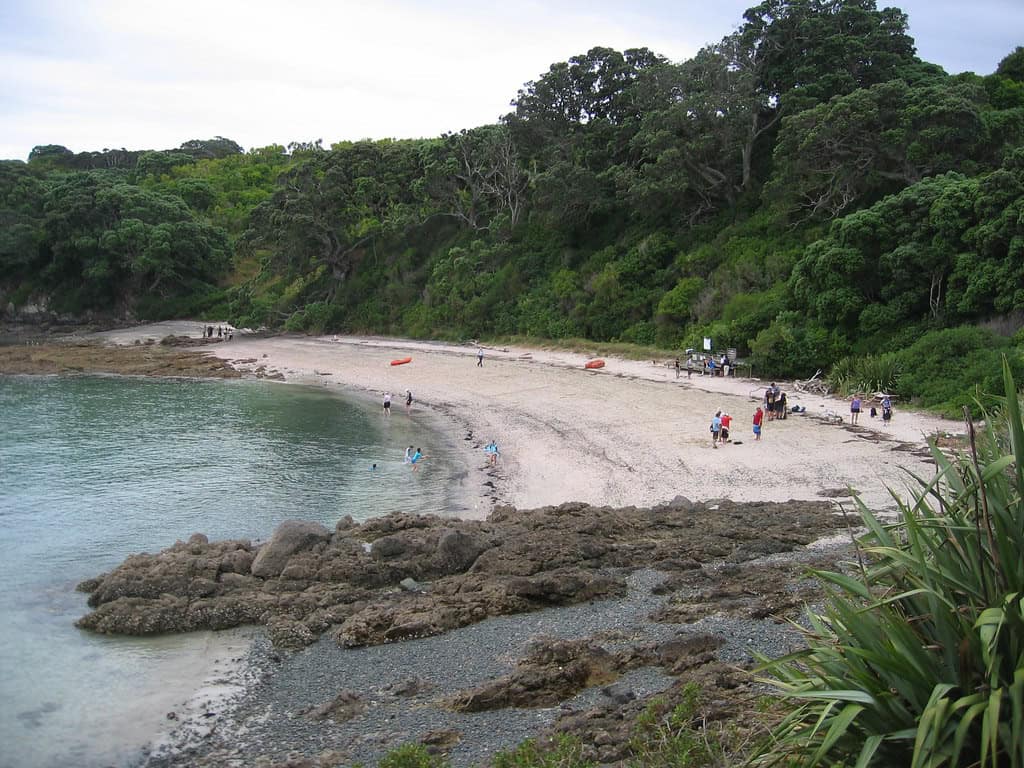
While many conservation efforts on Tiritiri Matangi have focused on forest birds, the island is also witnessing the natural return of seabirds to ancestral nesting sites. Before human settlement, the island would have hosted massive colonies of petrels, shearwaters, and other burrowing seabirds. These birds played crucial ecological roles, bringing marine nutrients to terrestrial ecosystems through their guano, fallen feathers, eggs, and deceased individuals. As the island’s restoration progressed, conservationists installed solar-powered sound systems that broadcast seabird calls at night to attract passing birds.
This innovative technique, known as acoustic attraction, has successfully drawn in grey-faced petrels (Pterodroma macroptera gouldi) and fluttering shearwaters (Puffinus gavia), which have established small but growing breeding colonies. The return of these seabirds represents the restoration of important ecological processes, as their burrowing activities aerate soil and their nutrient contributions enhance plant growth. Other seabirds naturally recolonizing the island include little blue penguins (Eudyptula minor), which nest in constructed artificial burrows along the coastline. Researchers monitoring these returning seabirds have documented their positive impacts on soil fertility and vegetation growth, highlighting the complex ecological relationships being restored as the island’s ecosystem recovers.
The Science of Bird Translocation
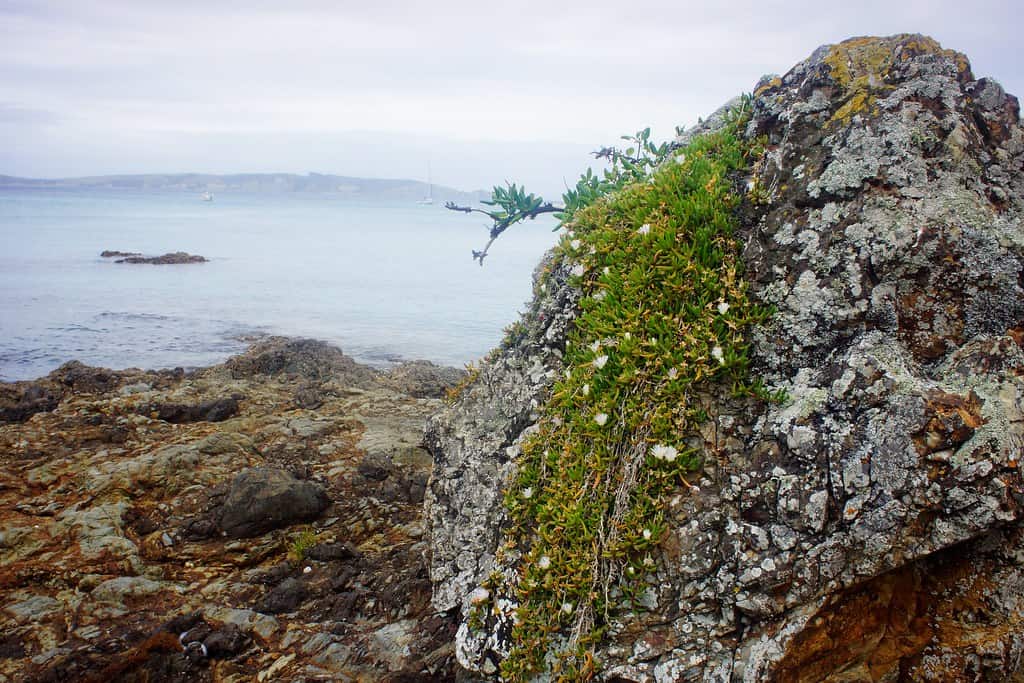
The successful reintroduction of multiple bird species to Tiritiri Matangi has advanced the science of conservation translocations worldwide. Each bird transfer follows carefully developed protocols that consider the species’ specific needs, optimal timing, target group composition, and post-release support. For most species, juveniles and sub-adults have proven to be the best candidates for translocation, as they adapt more readily to new environments than established breeding adults. Conservation teams carefully capture birds at source locations, conduct health assessments, and transport them in specialized containers designed to minimize stress. Upon arrival at Tiritiri Matangi, birds receive soft-release treatments, which may include temporary aviaries, supplementary feeding, and intensive monitoring.
Radio transmitters are often attached to released birds, allowing researchers to track their movements and survival during the critical establishment phase. The island has served as a living laboratory for refining translocation techniques, with each operation building on knowledge gained from previous efforts. Lessons learned include the importance of sufficient genetic diversity in founder populations, the value of sequential releases over time rather than single large translocations, and the benefits of releasing social species in established family or flock groupings. These scientific advances developed on Tiritiri Matangi have informed conservation translocations globally, improving success rates for endangered species reintroductions across diverse ecosystems.
Community Involvement and Citizen Science
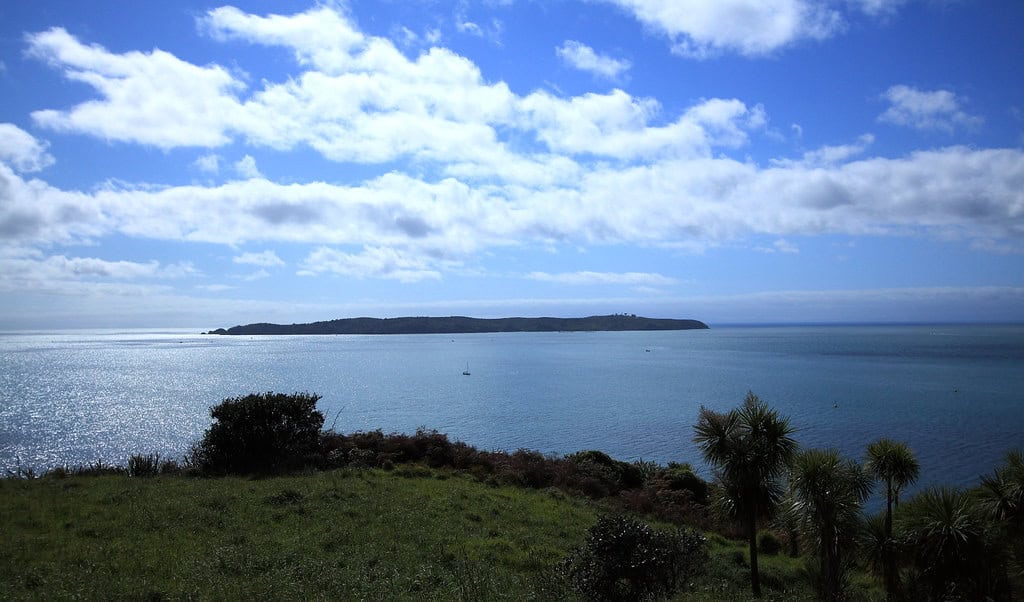
A defining feature of the Tiritiri Matangi project has been the exceptional level of community involvement through the Supporters of Tiritiri Matangi organization. Established in 1988, this volunteer group has grown to over 1,500 members who contribute thousands of hours annually to the island’s management and visitor programs. Volunteers guide visitors, maintain tracks, monitor wildlife, assist with research projects, and help with ongoing habitat restoration work. This citizen science approach has generated an impressive dataset on bird populations and ecosystem changes over decades. Every bird species on the island is monitored through regular surveys, providing valuable information on population trends, breeding success, and habitat use.
The hihi population, for example, receives particularly intense monitoring, with nearly every nest located and tracked, and most birds individually color-banded for identification. Community involvement extends to educational programs, with thousands of schoolchildren visiting the island annually for immersive environmental education experiences. Many of New Zealand’s current conservation professionals first connected with nature through visits to Tiritiri Matangi as students. This successful partnership between government agencies, scientists, and community volunteers has become a model for conservation projects globally, demonstrating how public engagement can vastly expand the scope and sustainability of ecological restoration efforts.
Ecological Complexity and Unexpected Challenges
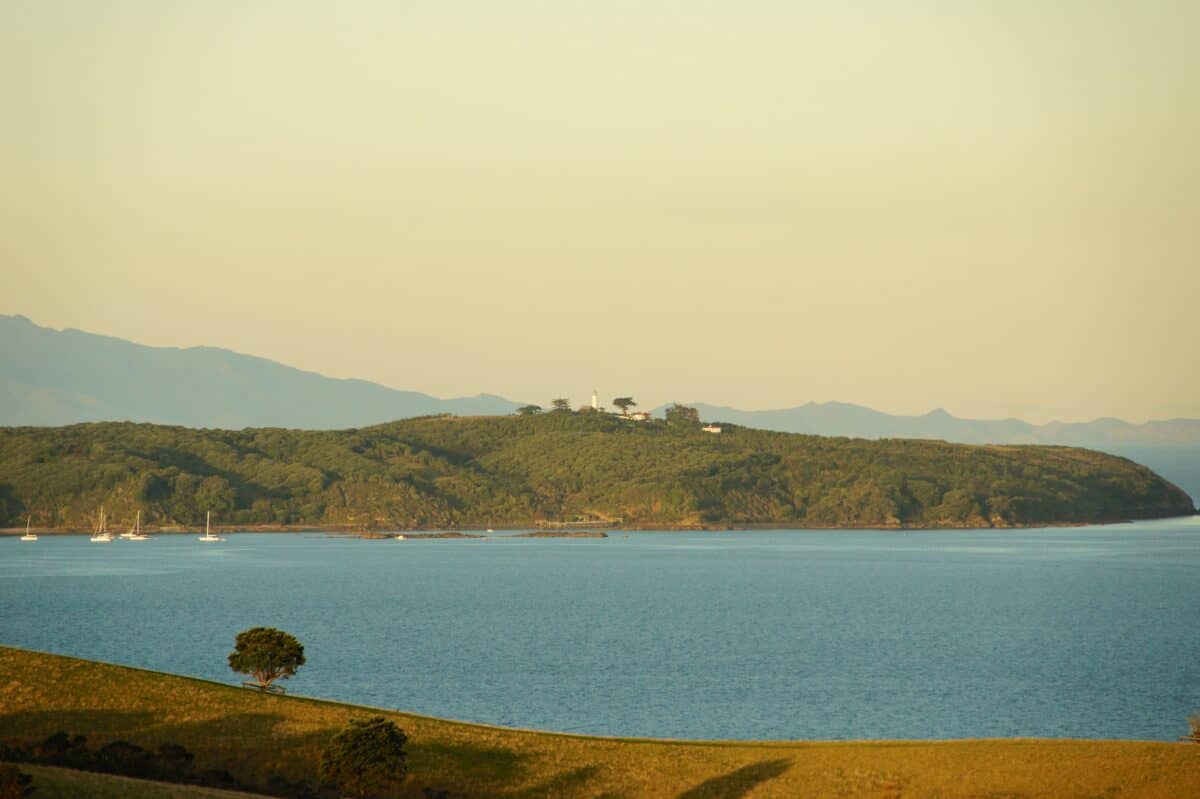
Despite its many successes, the restoration of Tiritiri Matangi has encountered ecological complexities and unexpected challenges that have provided valuable lessons for conservation science. As the forest has matured and bird populations have increased, some species have begun to compete for limited resources. Tui and bellbirds, for example, aggressively defend flowering trees during certain seasons, sometimes excluding the less competitive hihi from these important nectar sources. This competition necessitated the ongoing provision of supplementary feeding stations for hihi. Researchers have also documented how the absence of mammalian seed dispersers has affected forest regeneration patterns. In mainland forests, animals like bats and rats disperse seeds of certain plant species, a role that must be filled entirely by birds on Tiritiri Matangi. Not all plant species have successfully established on the island, revealing gaps in the restored ecosystem’s functionality.
Disease management has emerged as another significant challenge, particularly for species like hihi and kokako that show heightened susceptibility to avian diseases. Climate change presents an emerging threat, with increasing frequency of drought affecting food availability for some species and potentially altering habitat conditions. Invasive insects, particularly Argentine ants and wasps, have required targeted management to prevent impacts on native invertebrates and birds. These challenges have transformed Tiritiri Matangi into an important site for studying ecological restoration in its later stages, moving beyond initial reintroduction successes to address the complexities of managing maturing ecosystems with multiple interacting species.
The Future of Conservation on Tiritiri Matangi
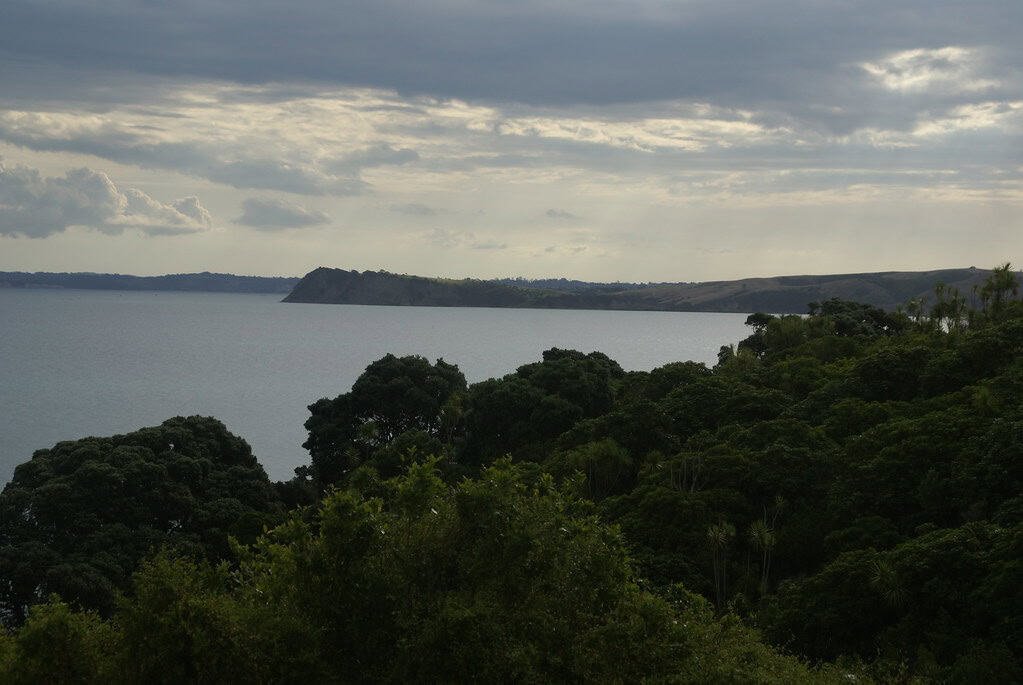
As Tiritiri Matangi enters its fourth decade of restoration, conservation managers are focusing on enhancing the island’s ecological complexity and resilience. Future plans include introducing additional species that would have historically been present, such as tuatara (a unique reptile), native geckos, and rare plant species that have failed to naturally recolonize. Genetic management of the island’s bird populations is becoming increasingly sophisticated, with potential supplementation of existing populations to enhance genetic diversity and adaptive potential.
Climate change adaptation strategies are being developed, including the planting of drought-resistant vegetation and creation of additional water sources for wildlife during dry periods. The island continues to serve as an important research site, with studies investigating topics ranging from bird song dialects to plant-pollinator networks and soil microbiome recovery. Technology is playing an expanding role in conservation management, with automated acoustic recording devices monitoring bird populations and remote sensing tools tracking vegetation changes. Visitor experience is being enhanced through innovative interpretation methods
- The Island Where Endangered Birds Are Making a Comeback - August 9, 2025
- Could the Ogallala Aquifer Run Dry in Our Lifetime? - August 8, 2025
- The Fish That Can Bite Through Bone - August 8, 2025

